10 Mistakes to Avoid When Building a Backyard Batting Cage
Building a backyard batting cage is every baseball parent’s dream project. It’s a place where your child can train anytime, sharpen their skills, and fall in love with the game even more. But before you dive in, there are a few critical things you need to know.
This post explains why it’s so important to plan smart and avoid common pitfalls.
We’re also assuming you’ve already reviewed our
Backyard Batting Cages 101.
Now let’s walk through 10 common mistakes people make—and how to avoid them.
1. Going Cheap on Materials

What Can Go Wrong: Low-cost nets and frames wear out fast, leading to injuries and expensive replacements.
How to Avoid It: Use HDPE or nylon netting and galvanized steel or treated wood for framing.
Already Made the Mistake? Upgrade your netting and reinforce the frame now to avoid long-term costs.
2. Not Accounting for Ricochets

What Can Go Wrong: Ball ricochets can cause injuries or property damage.
How to Avoid It: Add extra netting or padding where impact is likely—especially near walls, poles, or fence lines.
3. Using Non-Standard Dimensions
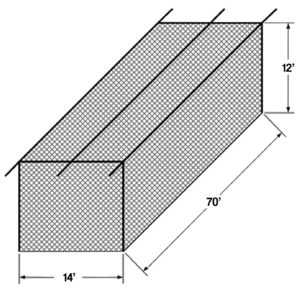
What Can Go Wrong: Cages that are too short or narrow limit practice and reduce effectiveness.
How to Avoid It: Aim for a cage that’s at least 70’L × 12’H × 14’W if possible. Learn more in our
guide to batting cage lengths.
4. Skipping Permit Checks

What Can Go Wrong: Local zoning violations can lead to fines or forced removal of your cage.
How to Avoid It: Check your city or HOA rules before building. If you already built it, research how to apply retroactively.
5. Rushing the DIY Process

What Can Go Wrong: Incomplete or unsafe construction can ruin the project or create hazards.
How to Avoid It: If you’re short on time, consider a pro. Read our
DIY vs Professional Batting Cage Guide.
6. Relying on Pop-Up Cages Long-Term
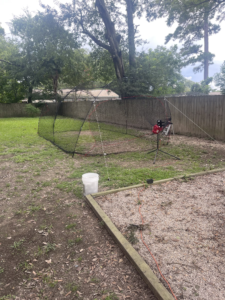
What Can Go Wrong: Pop-up cages wear out quickly and aren’t made for daily use.
How to Avoid It: If you’re practicing consistently, upgrade to a permanent build.
7. Choosing Weak Netting (Use 36 Twine or Higher)
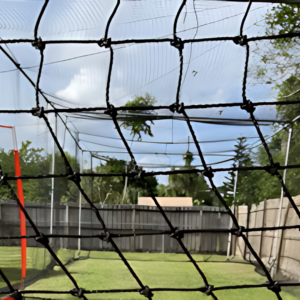
What Can Go Wrong: 24-twine netting tears quickly. You’ll be replacing it far too often.
How to Avoid It: Choose 36-twine or higher for longer-lasting safety and performance.
8. Installing Netting Flush Against the Poles
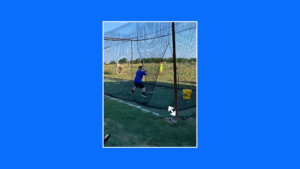
What Can Go Wrong: Netting that rubs or bounces off the poles wears down faster and allows ricochets.
How to Avoid It: Leave at least 1 foot of space between the net and the frame.
9. Installing Inadequate Lighting
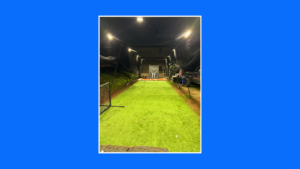
What Can Go Wrong: Dim lighting = unsafe or ineffective evening practice.
How to Avoid It: Use lighting that’s at least 7,000 lumens. See our
best lights for backyard batting cages.
10. Not Listing Your Cage on CageList
What Can Go Wrong: You’re missing out on potential income and building local baseball community!
How to Avoid It: List your cage for free on CageList and start renting it to other local players.
Conclusion
Building a backyard batting cage is one of the best investments you can make for your child’s development and love of the game. But doing it right matters. Avoid these 10 common mistakes, and you’ll be well on your way to creating a safe, effective, and long-lasting cage.
For more tips and inspiration, be sure to check out:
